Next delivered a bumper Christmas performance, leading to an increase in its full-year profit guidance, but it warned that it would offset the incoming rise in wage costs by increasing the price of its clothing.
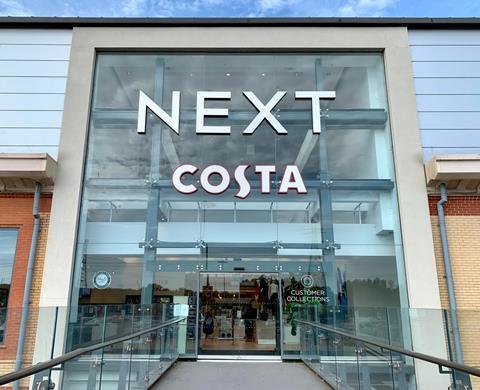
During the nine weeks to 28 December, the fashion retailer posted an increase in full-price sales by 6% against the same period last year, adding £27m to its full-price sales and beating its previous guidance for the period of 3.5%.
Next said the number was “slightly flattered” by the timing of the end-of-season sale, and when adjusted the underlying full-price sales figure was 5.7%.
The retailer described the performance as an “over-achievement”, which allowed it to increase its full-year profit guidance by £5m to £1.01bn.
The group’s profit before tax is now forecast to be up 10% against last year, and full-price sales at the retailer are forecast to grow 3.5%.
Alongside its results, Next announced its intention to offset increased wage costs following the Budget with “unwelcome” price rises.
The retailer said to mitigate costs, it would implement an increase of around 1% in selling prices on like-for-like clothing over and above any factory gate price increases, of which it said it had “fortunately” seen 0% inflation so far, and it expected price rises to remain below the Bank of England’s target for inflation of 2%.
Next said in a statement to markets: “Standing back from the numbers there is one important message. We believe that the Group can deliver sales growth in the year ahead, and we can grow profits in line with sales. We believe that the unusually high £67m increase in wage costs can be offset through a combination of: operational efficiencies and other cost savings, and a one percent increase in prices on like-for-like goods, which is unwelcome, but still lower than UK general inflation.”
“Consumers have continued to slightly shift their purchasing preferences, buying fewer entry-level products and more items at the middle and top end of our price architecture. To be clear, consumers are not necessarily spending more overall, but buying fewer, marginally more expensive items. We believe that this trend will continue into next year.”





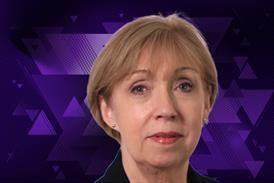

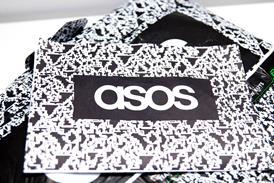











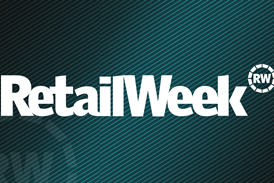














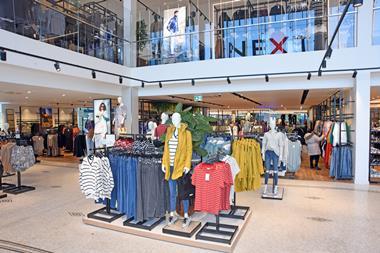

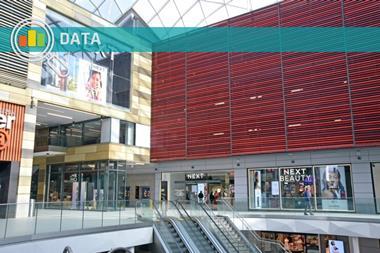

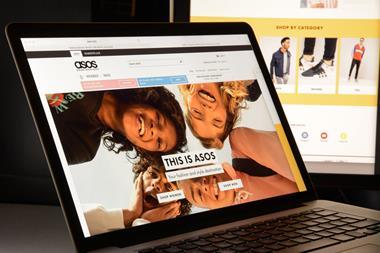
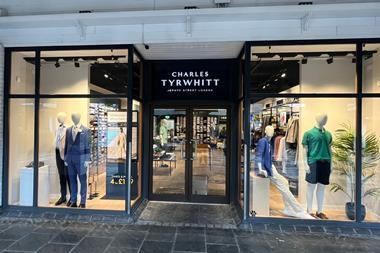





No comments yet